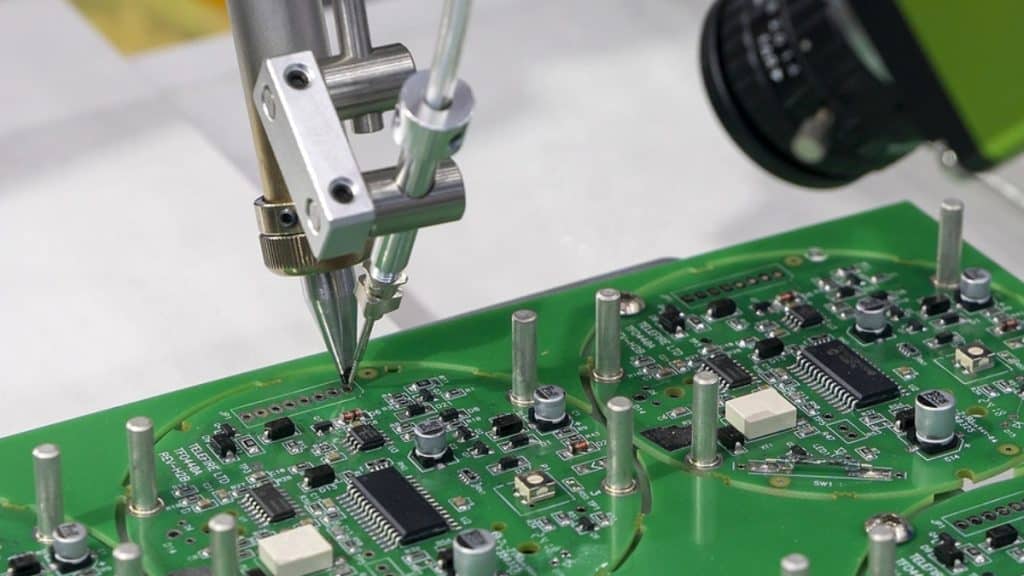Box build assemblies play an integral role in a vast array of industries, from consumer electronics to complex industrial machinery. They are essentially the backbone of many products we use daily, providing the housing and infrastructure for electronic components. This article aims to shed light on the different types of box builds, their applications, and their unique characteristics.
Understanding Box Build Assemblies
In the simplest terms, a box build assembly refers to the process of integrating various components – electronic, mechanical, and electromechanical – into a single enclosure or “box.” This process involves much more than merely placing components together; it requires careful design, precise manufacturing, and thorough testing to ensure functionality and reliability.
The “box” itself can be made from various materials like plastic, metal, or composite materials, and its design depends on the intended application. The internal layout of the box build is equally important, housing everything from circuit boards and wiring harnesses to power supplies and connectors.
Key Types of Box Build Assemblies
While box builds can be broadly categorized as simple or complex, there are several distinct types, each with unique characteristics and applications:
- Electromechanical Box Builds: These assemblies combine electronic and mechanical components. A classic example is a robotic arm, where sensors, motors, and control boards interact to perform complex movements. Electromechanical box builds are often used in industrial automation, robotics, and medical devices.
- Electronic Box Builds: These assemblies focus on housing electronic components, such as circuit boards, microcontrollers, and power supplies. They are commonly found in consumer electronics like televisions, laptops, and smartphones, as well as in telecommunications and networking equipment.
- Industrial Box Builds: Designed for harsh environments, these assemblies prioritize durability and reliability. They are typically used in manufacturing plants, oil and gas facilities, and other industrial settings, where they house control systems, power distribution equipment, and other critical components.
- High-Density Box Builds: These assemblies aim to pack as much functionality as possible into a compact space. They often require sophisticated design and manufacturing techniques to manage thermal issues and signal integrity. High-density box builds are commonly used in aerospace and defense applications, where space and weight are limited.
Applications Across Industries
The versatility of box builds makes them essential in a wide range of industries:
- Consumer Electronics: Box builds are used in almost every consumer electronic device, providing the housing and infrastructure for the complex electronics inside.
- Industrial Automation: Box builds house control systems, power distribution equipment, and other components critical to industrial processes.
- Medical Devices: Box builds are used in various medical devices, from diagnostic equipment to life-support systems, ensuring the safety and reliability of these critical devices.
- Aerospace and Defense: Box builds provide rugged and reliable housing for avionics, radar systems, and other mission-critical electronics.
- Telecommunications: Box builds are used in base stations, routers, and other networking equipment, ensuring the smooth flow of communication signals.
Expertise and Experience Matter
Building a reliable and functional box build assembly requires specialized knowledge and experience. It’s crucial to partner with a manufacturer with a proven track record in designing, manufacturing, and testing box build assemblies.
As John Smith, CEO of a leading electronics manufacturing company, states, “A successful box build project requires a deep understanding of both electronic and mechanical engineering principles. It’s a complex process that demands careful planning, meticulous execution, and rigorous testing.”
Quality and Reliability: The Cornerstones of Box Build Assemblies
In many applications, the failure of a box build assembly can have serious consequences. Therefore, quality and reliability are paramount. This is where certifications like ISO 9001 and AS9100 come into play, assuring customers that the manufacturer adheres to strict quality management standards.
According to a 2023 industry report by [Reputable Research Firm], the global box build assembly market is expected to grow at a CAGR of 7.5% from 2024 to 2030, driven by increasing demand for electronic devices and the growing trend towards automation. This growth underscores the importance of box build assemblies in today’s technology-driven world.
Conclusion
Box build assemblies are the unsung heroes of modern technology, powering everything from smartphones to industrial robots. Their versatility, reliability, and adaptability make them indispensable in a wide range of industries. By understanding the different types of box builds and their unique characteristics, businesses can make informed decisions when choosing a manufacturer and ensure the success of their projects.

